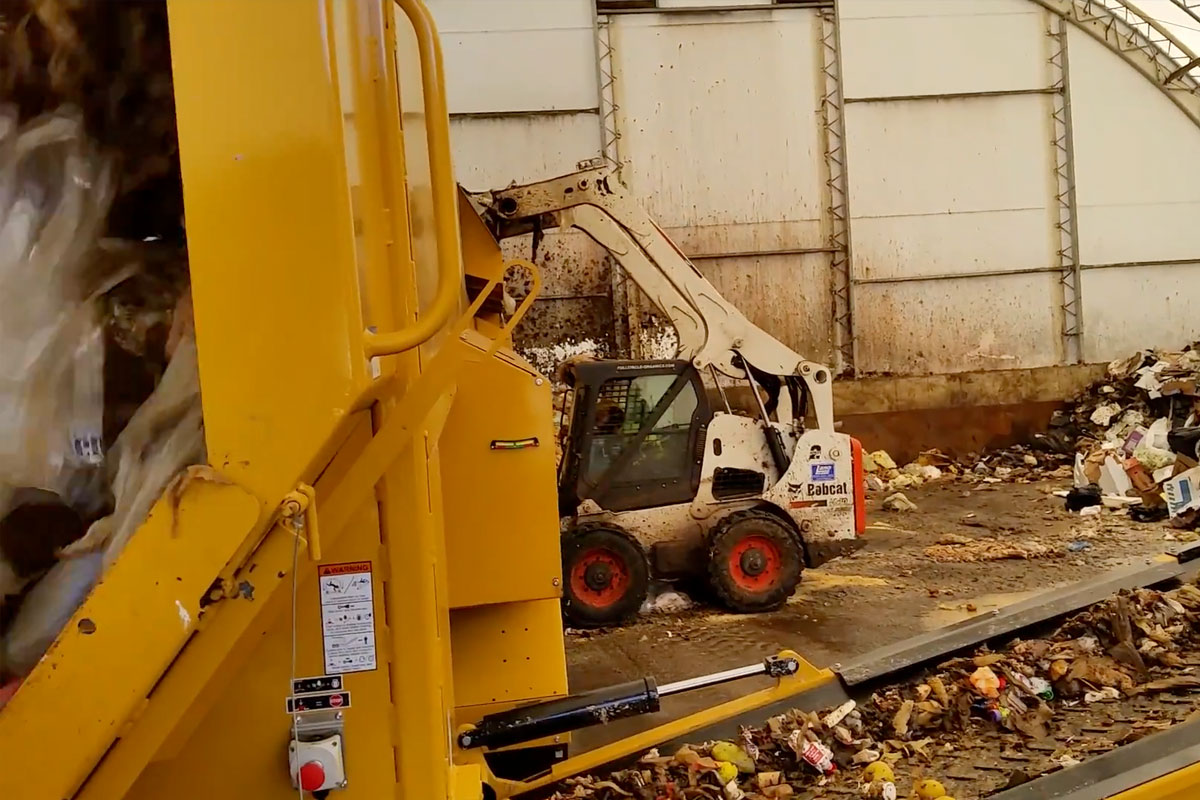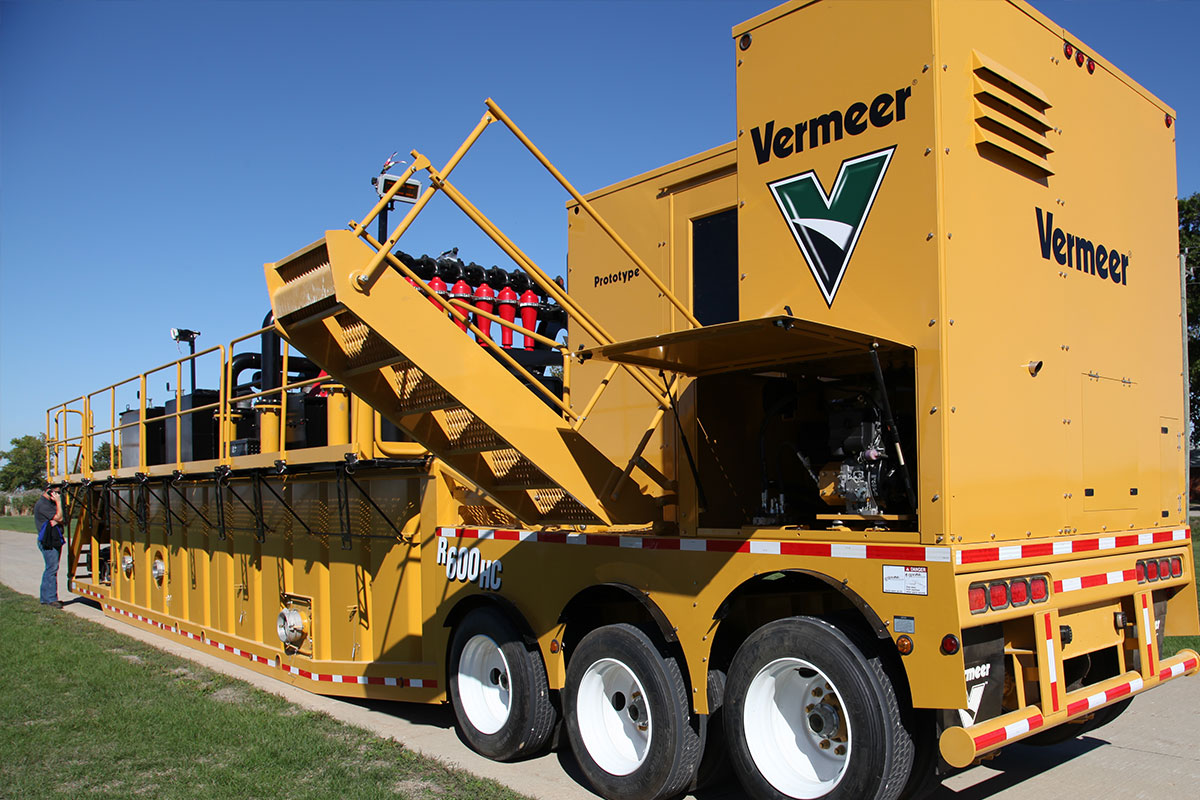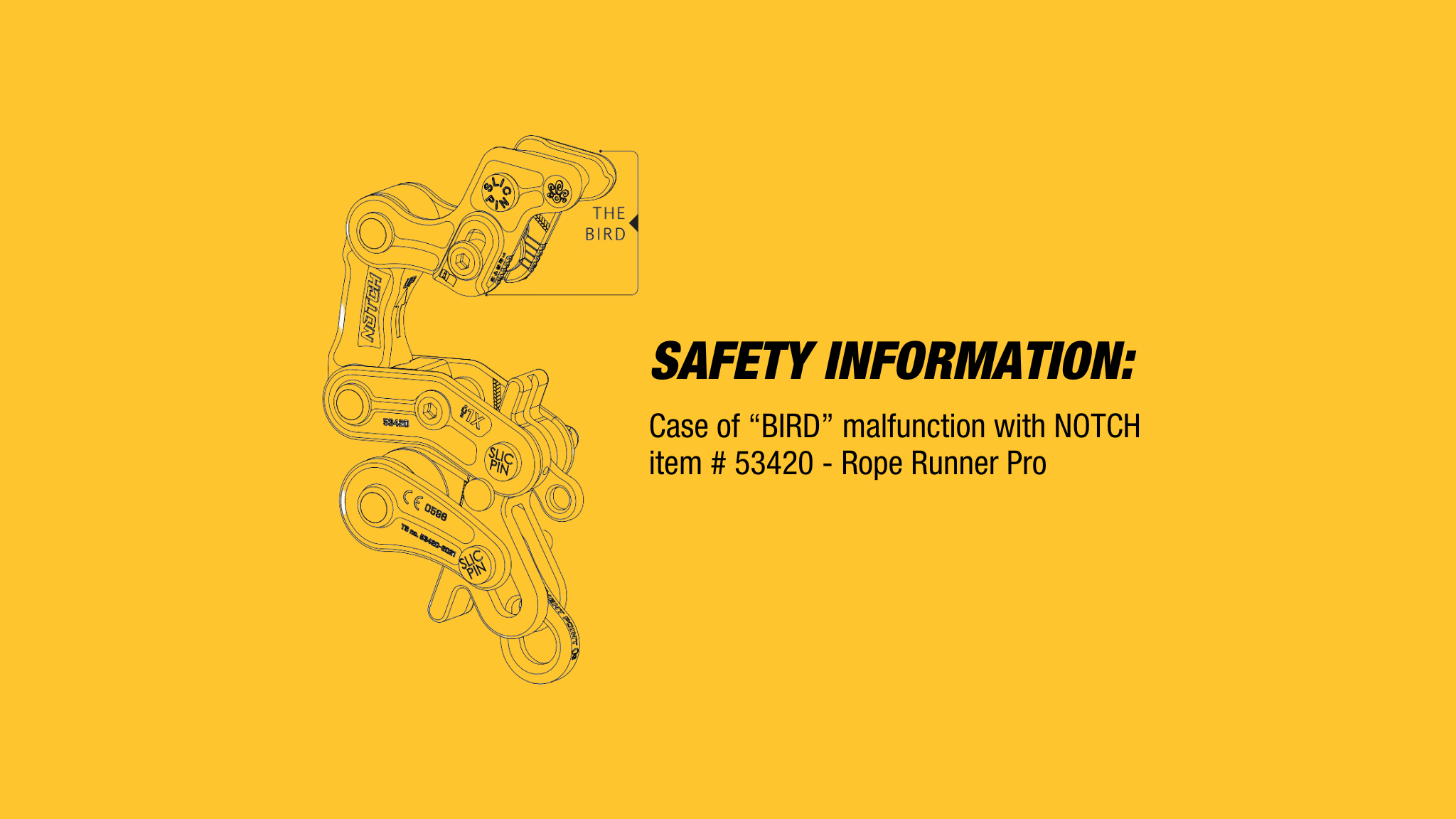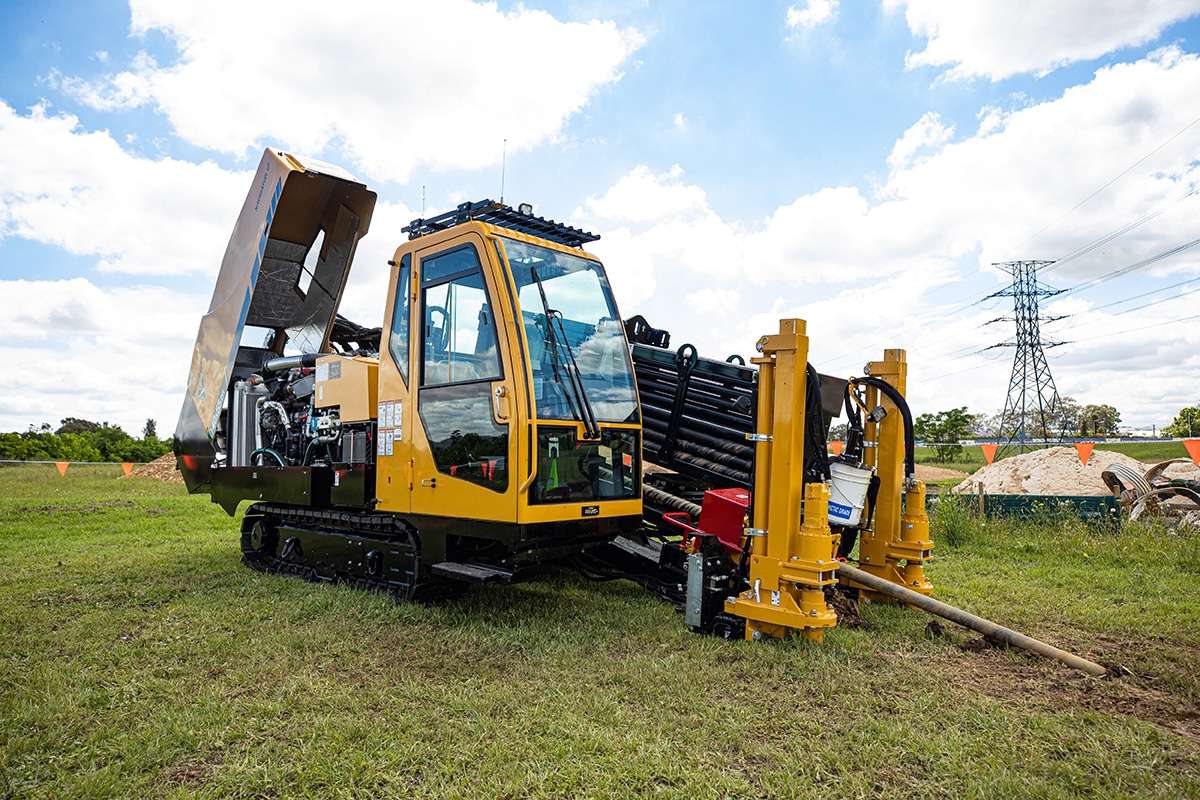Waste management is one of the most important modern environmental issues and with limited space available and high volumes, councils are increasingly looking to recycle materials using sorting equipment. The easiest way to cut down on waste is through recycling – the collection, sorting and reuse (or repurposing) of appropriate waste materials, which avoids filling landfills with valuable natural resources and reduces greenhouse gases.
A key piece of equipment in the recycling process is the trommel screen, which separates materials passing through a perforated, rotating, cylindrical drum that sorts by size. Smaller materials pass through the holes in the drum while larger materials make it across to the other side of the drum. This short video gives some insight into the process, in this case removing contaminants like plastic and cardboard from recycled food waste.
An essential council recycling tool
Trommels can be used for a range of industries and purposes, though council work generally involves using the machines to sort either organic or paper and plastic materials. Before the recycling and sorting process at Boroondara, Victoria, steel is removed by magnets. Then materials go through a trommel, where containers like plastic, glass, and aluminium fall through the holes and paper continues on to the end of the drum.
Afterwards, fine pieces of glass are removed as the fallen containers pass over a vibrating screen and the leftover materials are separated into the lightweight (aluminium cans and plastic bottles) and heavy (glass). The Mindarie Regional Council Resource Recovery Facility in Neerabup, WA, has a cutting edge greenfield design and aerobic composting technology, which can handle 100,000 tonnes of household waste each year.
It features specialised equipment, including bioreactors, fully automated compost turners, granulators. The council uses trommels to sort organic materials for the composting process.
In Blacktown, NSW, the council uses two trommel screens to separate the organic portion of the waste from the recyclables. The organic material is then taken to the composting building where it is turned regularly for a fortnight to compost the material.
The material is then further separated by trommel into oversize pieces and smaller, organically rich materials, which are turned into compost. The compost then matures over a four-week period.
Vermeer trommel screens
Vermeer Australia National Sales Manager for Environmental Equipment Craig Baillie said his company’s trommels were designed by actual operators for maximum efficiency.
Mr Baillie said, “The feed hopper is low to the ground to make loading the machine more convenient, while the opening between the hopper and drum is large enough to reduce bridging – where material gets stuck around the throat of the machine and will not fall through.
“The screen design provides highly consistent sizing, so the quality of the finished product can be guaranteed.”
With Vermeer trommels, the end product can be loaded straight onto a truck or stockpiled using the optional radial stacking conveyor, which has a 200 degree range.
Both the drum and feed conveyor can be reversed, which prevents jamming. The trommel can be cleaned easily with its removable side panels, allowing easy access to the entire drum screen. Mr Baillie said one of the main design priorities was to make the trommel machines easy to use.
“The idea is to keep setup and maintenance time minimal – so the machine spends more time up and running.”
Mr Baillie said Vermeer trommels were highly customisable and suited to range of applications. “Our trommels have a long list of options, which make them suitable for a vast range of sorting solutions.
“They are tough, reliable and with guarantee of the local support keeping them online for longer, they are the perfect tool for councils looking to reduce their waste and do their bit for the environment.”

 MyDealer:
MyDealer: